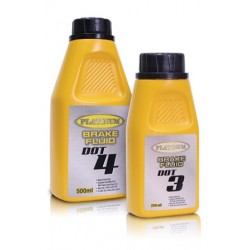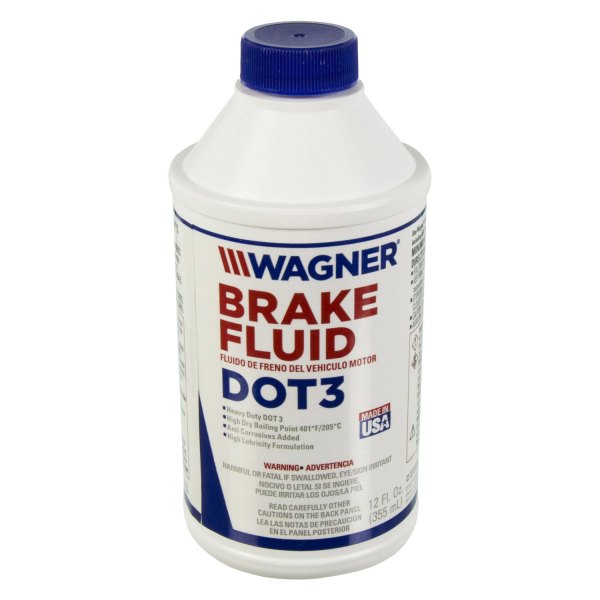

Severe damages to the brake system may occur, and that can bare disastrous results. That is why DOT 5 is used only inside high-performance vehicles, like race cars and some show cars.ĭot 5 is SHOULD NOT BE MIXED with any other brake fluid type, especially not with glycol-based formulas. And, we all know what happens when water gets inside – corrosion. Because the water that enters the fluid does not get absorbed, it can find its way through this hydrophobic fluid, and eventually, reach the braking system. The reason why DOT 5 isn’t used in every vehicle out is the ability to form moisture pockets. Because of its non-organic nature, the silicone-based structure blocks water absorption completely. Here we have a brake fluid type that differs from the others, both chemically and performance-wise. Like with its predecessor, DOT 4 also has the ability to damage your car’s paint, so extra caution is advised. This particular type can be mixed with DOT 3 and DOT 5.1 if necessary, but it is NOT TO BE MIXED with dot 5. The boiling points, both dry and wet, are pushed over the limits of DOT 3, so it is safe to say that DOT 4 can endure larger stress temperature and heat-wise. This organic compound is furtherly enriched to service vehicles with more powerful engines, like terrain vehicles and some semis. Similar to DOT 3, DOT 4 is a glycol-based brake fluid as well. When it comes to mixing with other brake fluids, DOT 3 can be combined with DOT 4 and DOT 5.1. Protective gear is also strongly advised. However, that does not mean that the chemical compounds inside are easy on the car paint, so be extra careful while using the brake fluid. Mainly, DOT 3 brake fluids are designed to service around-the-town vehicles that do not need any special protection, nor a specific mix of protective chemicals. Wet Boiling Point – When the brake fluid gets contaminated by water (usually form lousy weather), its heat-resisting properties diminish, and the boiling point depresses significantlyĬoming up as the simplest type, we have a poly glycol-based brake fluid called DOT 3.Dry Boiling Point – This is the moment when the brake fluid is at its pure form, with no water contamination.When it comes to different DOT ratings, we recognize two separate boiling points: In order to prevent confusion in the following section, we would like to establish a couple of terms beforehand. That is why engineers and scientists decided to create a standard for the brake fluids, which every brake car brake system obeys and works under. As we mentioned above, it is crucial for hydraulic liquids and fluids to maintain their liquid state, so evaporating is a big no. The DOT rating refers to the regulated number of degrees a brake fluid can withstand before starting to boil. So, what is DOT, and why does it matter to my car? And, more importantly, the DOT (Department of Transport) tier list and rankings need to be respected, as they are regulated by law for a reason. In terms of variety, there aren’t many brake fluid types.

You don’t always want the car to stop completely, and with a fresh batch of adequate brake fluid, you get to control how much pressure the brake pads exert on the moving parts. Lastly, brake fluids enable you better control of the braking system by transferring that mechanical force quicker and with better accuracy. So, in the long run, you would want to invest a small sum of money now to save more substantial brake system expenses. By this, we mean every other part of the brake system will deteriorate less if the brake fluid works appropriately. The brakes must always be available to the driver, and that is a fact no matter where you live.Īnother important reason for having fresh and working brake fluid inside the brake system is material longevity. Luckily, engineers around the world found a solution to the overheating/evaporating problem by evolving the brake fluid with modern compounds. Why? Well, imagine driving for 5 minutes without brakes. As you probably concluded from the previous section (even in the simple version of the brake system), there is a lot going on once you press that brake pedal.įirst and foremost, the brake fluid must always be active and mechanically effective. There are several practical reasons why every car should have a source of fresh brake fluid, including, of course, maintenance.


 0 kommentar(er)
0 kommentar(er)
